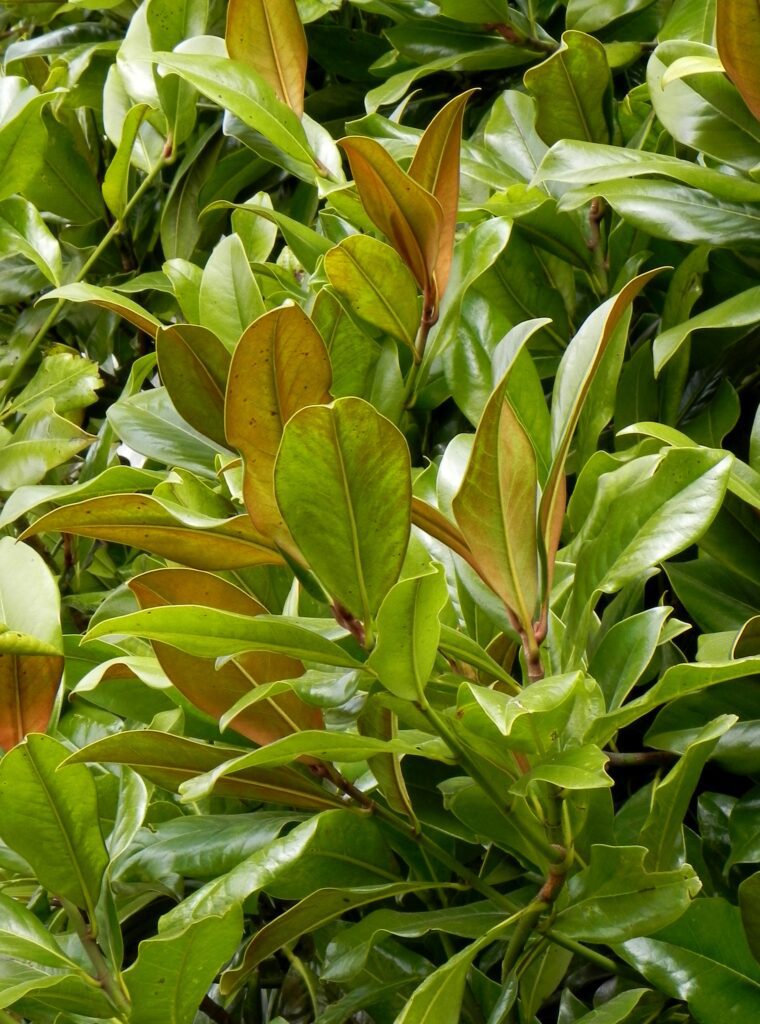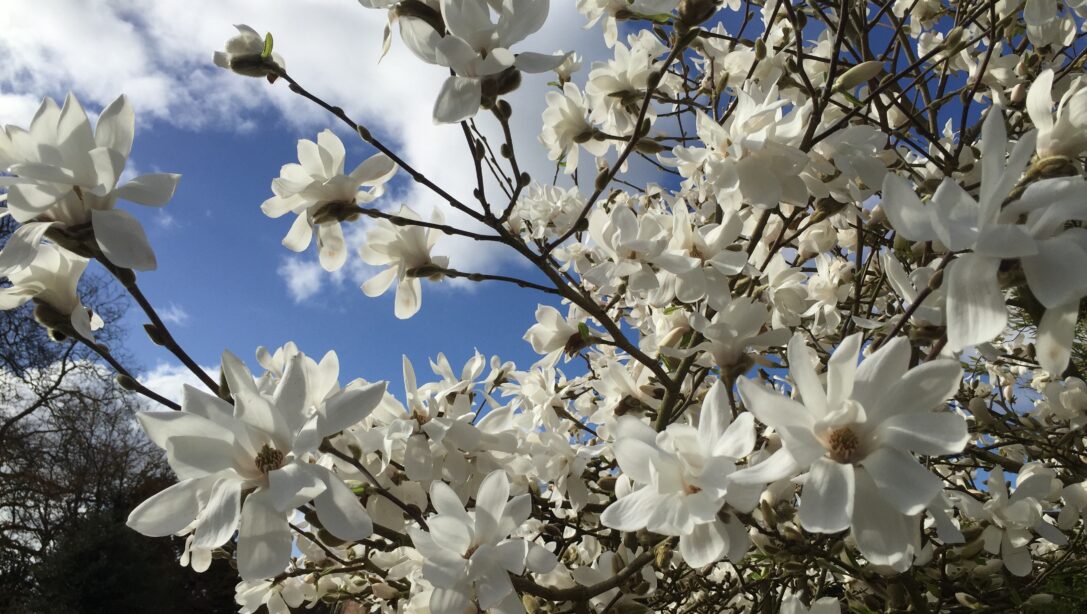In an ever-evolving urban landscape maintaining privacy and creating serene outdoor spaces has become a real concern for homeowners. With their natural beauty and environmental benefits trees offer an ideal solution for screening purposes. Whether you’re looking to shield your garden from prying eyes or add a touch of greenery to your surroundings, incorporating border trees for screening can provide a range of advantages.
Trees for Privacy
One of the primary reasons for using trees as screens is their ability to provide privacy. Tall, dense trees strategically placed along boundaries create a natural barrier and help to shield your outdoor spaces well. Species like Western Red Cedar Thija plicata ‘Atrovirens’, Hornbeam ‘Carpinus betulus’, Arborvitae ‘Thuja Jantar’ (also known as a northern light Cedar) and Magnolia grandiflora (evergreen magnolia) are excellent choices due to their rapid growth and dense foliage and we sell all of these at Hillier. As these trees mature their branches interlock forming an effective visual barrier while also reducing noise levels from surrounding areas.

‘Aesthetic’ Screening
Beyond their utilitarian purpose, trees add a touch of natural beauty to your surroundings. Trees for screening can be selected based on their aesthetics allowing you to transform your outside space. Consider ornamental trees like Japanese maple or flowering trees like dogwood. Birches such as ‘Betula utilis Jacquemontii’ is one of the most popular trees, it offers a stunning white bark which the eye is drawn to.
All of these are available to order from Hillier Garden Centres. Their vibrant foliage and blossoms not only offer privacy but also enhance the overall visual appeal of your outdoor space.
Environmental Benefits
Trees play a vital role in promoting environmental health. By incorporating trees for screening, you contribute to the local ecosystem in many ways. Trees absorb carbon dioxide and release oxygen, improving air quality thus reducing the carbon footprint. Silver birch (Betula pendula) many years ago was considered as a ‘holy tree’ and can absorb up to 3100 kilos of CO2. They can also provide habitat and food sources for local wildlife, further enriching the biodiversity of your area. Trees like Pyrus calleryana ‘Chanticleer’ blossom flowers and is also a known great aesthetic autumnal tree.
Windbreaks
In regions prone to strong winds, ‘fence trees’ can act as natural windbreaks providing protection to your outdoor space. By strategically planting evergreen trees such as Prunus ‘Sunset Boulevard’ on the windward side of your property, you can create a shield that minimises wind velocity and prevents soil erosion. This not only enhances the comfort of your outdoor activities but also safeguards your landscaping elements.
Low Maintenance Trees
Selecting the right tree species can minimise the maintenance efforts required. Evergreen trees retain their foliage all year round, eliminating the need for clean ups. Also, native tree species are adapted to the local climate and soil conditions, making them hardier and more resistant to pests and diseases. This results in reduced maintenance and the preservation of your screening investment.

Incorporating trees for screening purposes is quite a popular approach that enhances privacy, aesthetics and environmental sustainability. By carefully selecting tree species that align with your goals and local conditions, you can create a harmonious outdoor space that provides both functional and visual benefits. If you’re seeking to create a peaceful retreat trees for screening offer a timeless solution that brings nature’s beauty to your doorstep.
For more information and advice on which tree is best for your outdoor space and how to go about ordering contact us.


